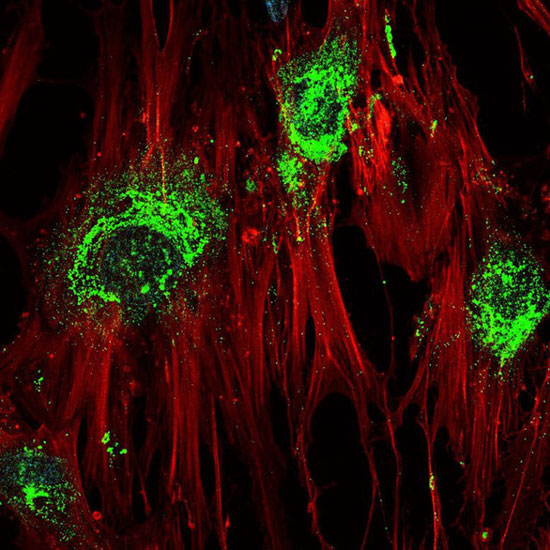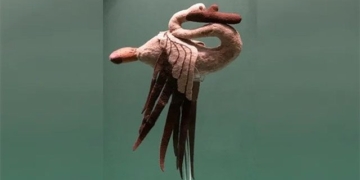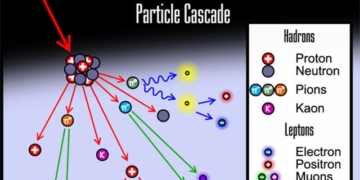Researchers Use High-Frequency Sound Waves to Transform Stem Cells into Bone Cells. A new approach in the field of tissue engineering and regenerative medicine, aiding patients in regrowing bone lost due to cancer or degenerative diseases.
This innovative stem cell treatment method comes from researchers at RMIT University in Melbourne, Australia.

High-frequency sound waves can transform stem cells into bone cells – (Photo: RMIT UNIVERSITY)
According to Scitech Daily, tissue engineering is an emerging field aimed at regenerating bone and muscle by harnessing the human body’s self-healing abilities.
A significant challenge in regrowing bone is the need for a large quantity of robust bone cells. These cells will be implanted at the site of injury or disease, or they can be coated onto grafts to facilitate the growth of new bone.
Previously, experimental processes to convert mature stem cells into bone cells relied on complex and expensive equipment. Moreover, these processes struggled with scalability, making widespread clinical application impractical.
Additionally, some clinical trials attempting to regrow bone primarily use stem cells extracted from the patient’s bone marrow, a procedure that is quite painful.
In a recent study published in the scientific journal Small, the research team at RMIT University treated stem cells with high-frequency sound waves, resulting in the transformation into bone cells in just 5 days.
Importantly, this treatment method is effective on various cell types, including stem cells derived from fat, which is less painful compared to extraction from the patient’s bone marrow.
Co-lead researcher Dr. Amy Gelmi at RMIT University noted that this new method is faster and simpler than other approaches.
“The sound waves reduce the treatment time required for stem cells to begin transforming into bone cells to just 5 days,” Dr. Gelmi stated.
This method also does not require any special “bone-inducing” drugs and is very easy to apply to stem cells.
The high-frequency sound waves used in the stem cell treatment are generated by a low-cost microchip device developed by RMIT.
Co-lead researcher Professor Leslie Yeo and his team have spent over a decade studying the interaction of sound waves at frequencies above 10 MHz with various materials.
This method has also been used to create lab-grown meat, bioengineered liver, artificial pancreas for diabetes patients, artificial cartilage and blood vessels, skin, and artificial bone marrow, as well as mucosal tissues and even artificial penises.


















































